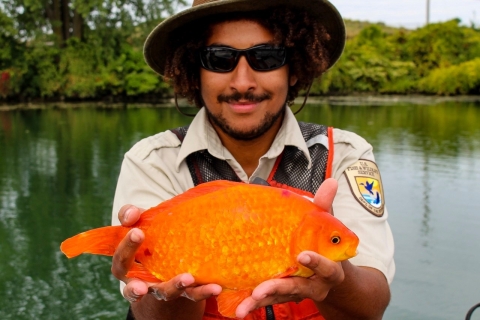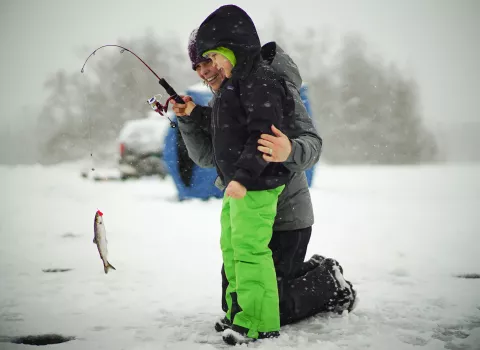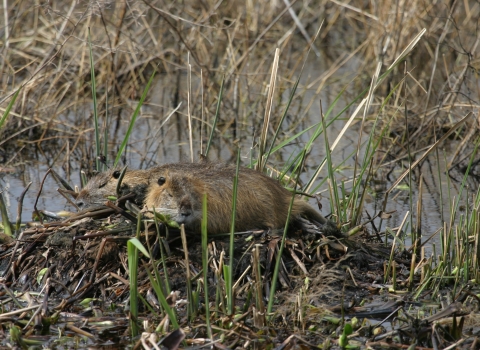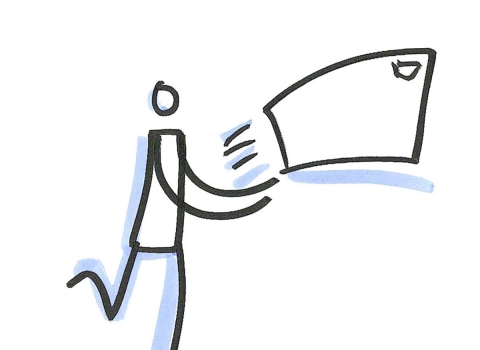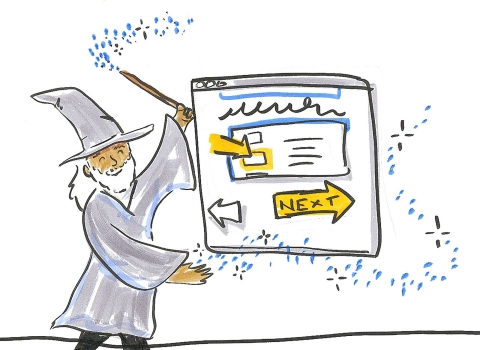Goldfish Are Not Just Pets, They’re Potential Invaders
You might think releasing your pet goldfish into a pond or lake is the kindest option when you can no longer care for it. After all, what harm could one little fish do? A lot, actually.
Goldfish are an invasive species invasive species
An invasive species is any plant or animal that has spread or been introduced into a new area where they are, or could, cause harm to the environment, economy, or human, animal, or plant health. Their unwelcome presence can destroy ecosystems and cost millions of dollars.
Learn more about invasive species , meaning they don’t belong in the wild and can cause serious harm to native species. A single goldfish released into the wild can grow to be four pounds, disrupt entire ecosystems, and even harm native fish populations.
If you’re thinking about “setting your goldfish free,” here’s why you should reconsider and what you can do instead.
Why Releasing Your Goldfish Is a Bad Idea
They Grow A Lot
Your tiny pet store goldfish might look harmless, but in the wild, they don’t stay small. Without a tank limiting their size, goldfish that once fit in the palm of your hand can balloon into giant, football-sized invaders that compete with native species for food and habitat.
They Wreck Water Quality
Goldfish are bottom feeders, meaning they stir up sediment, uproot plants, and make the water murky. This disrupts the delicate balance of aquatic ecosystems, making it harder for native fish and plants to survive.
They Breed Quickly
One goldfish might not seem like a big deal, but they multiply fast. Goldfish spawn several times a season, and because they have no natural predators in most North American waters, their populations explode.
They Spread Disease
Goldfish can carry parasites and diseases that native fish have no immunity to, creating a ripple effect of harm throughout an ecosystem.
What to Do Instead of Releasing Your Goldfish
If you can’t keep your goldfish anymore, don’t panic! Here are some responsible ways to ghost them.
- Re-home it: Help your fish find a home with someone who will care for them. Schools, nursing homes, and community centers often have aquariums and may be able to take your fish.
- Return it to a Pet Store: Some pet stores and retailers will accept unwanted fish.
- Contact Local Aquarium or Rescue Groups: Reach out to social media groups dedicated to aquariums and fish hobbyists. Many people would be willing to help you re-home your pet fish.
- Never flush a live goldfish—they can survive and spread even in sewer systems.
Small Actions Make a Big Impact
Stopping invasive species requires responsible pet ownership. By making good choices with your pets, you can help protect lakes, rivers, and wetlands from long-term damage.
Want to do more?
- Check out Habitattitude and Don’t Let it Loose for more information on choosing and caring for your pets.
- Report sightings of invasive species in your area at USGS Sighting Report or through your state’s natural resource agency.
- Learn what aquatic invaders are threatening your area.
- Always follow Clean, Drain, Dry practices when moving between water bodies.

